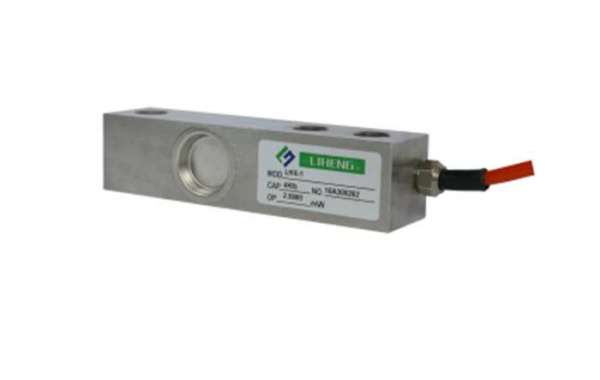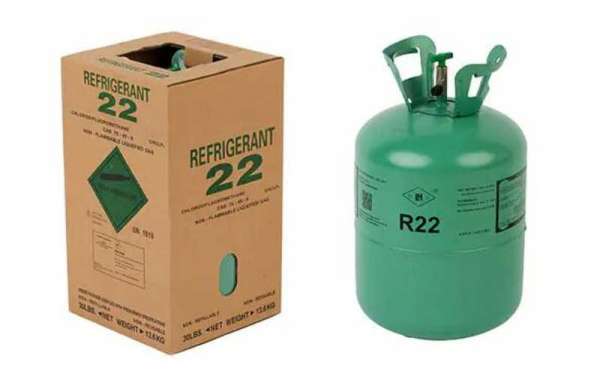The working principle of shear beam load cell
The shear beam load cell is mainly used to measure tensile force, but it is also suitable for compressive force measurement. As the name suggests, the shape of these load cells resembles the letter S. The spring element is located in the center beam of the load cell. The element is a piece of metal that deforms elastically under load and returns to its original shape immediately after the load is removed. This deformation or strain is absorbed by a strain gauge mounted on the spring element and converted into an electrical signal. In the S-type load cell, both ends of the spring element will deform due to compression or tension. Contrary to other load cells, since the S-type load cell is widely used as a force sensor, it can be calibrated in units of weight and Newton.
Application field
The shear beam load cell is usually used in weighing equipment to withstand small and medium-sized loads not exceeding 1 ton. They are installed in mixing scales, silo scales, crane scales, big bag weighing equipment, suspended container scales, and similar equipment, and can also be used as force sensors in tensile strength and fatigue testing machines.
Technical data
Since the shear beam load cell is mainly used in industrial applications, it is designed to withstand harsh environmental conditions. The shear beam load cell meets the requirements of IP65 to IP68 (prevent dust, water splashing, water splashing, or temporary immersion). The shear beam load cell is usually selected according to its rated load, ultimate load or breaking load, and the key parameters of the minimum scale division. Where the scale sensor is used as a force sensor, the result is expressed in Newtons. Based on the above data, the designer of the weighing equipment can determine its accuracy and allowable tare weight. We recommend choosing a verifiable S-type load cell because most weighing systems require verification.






